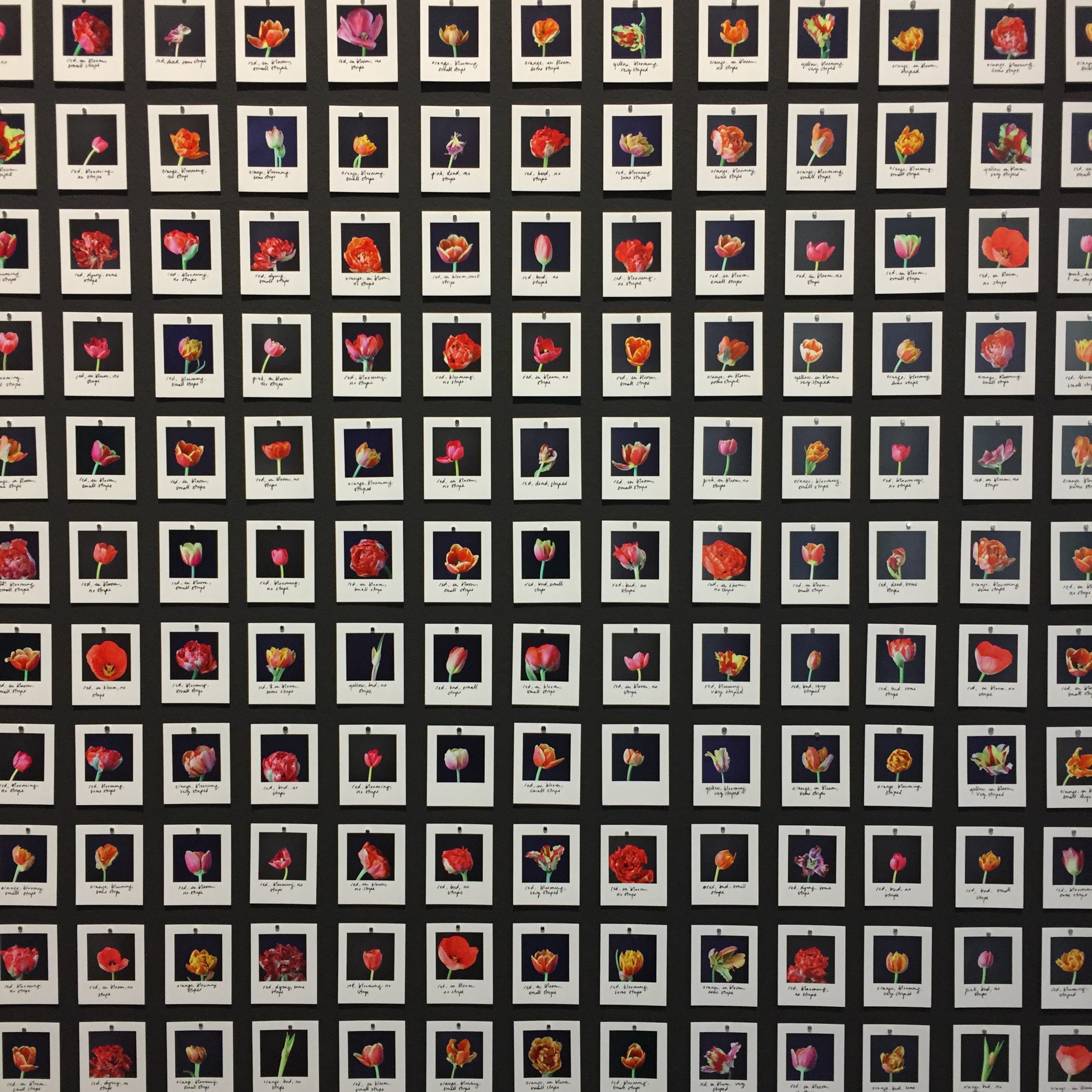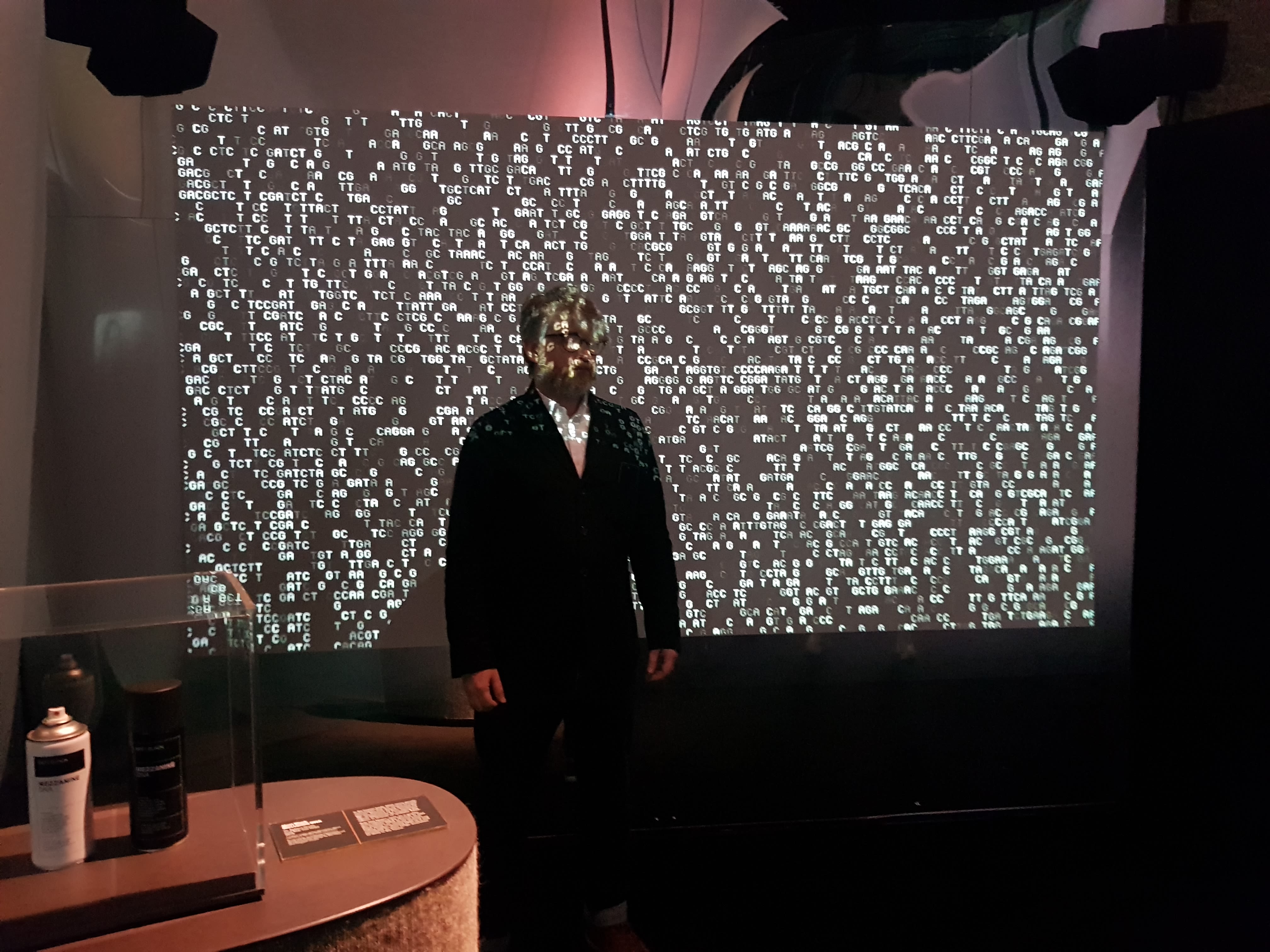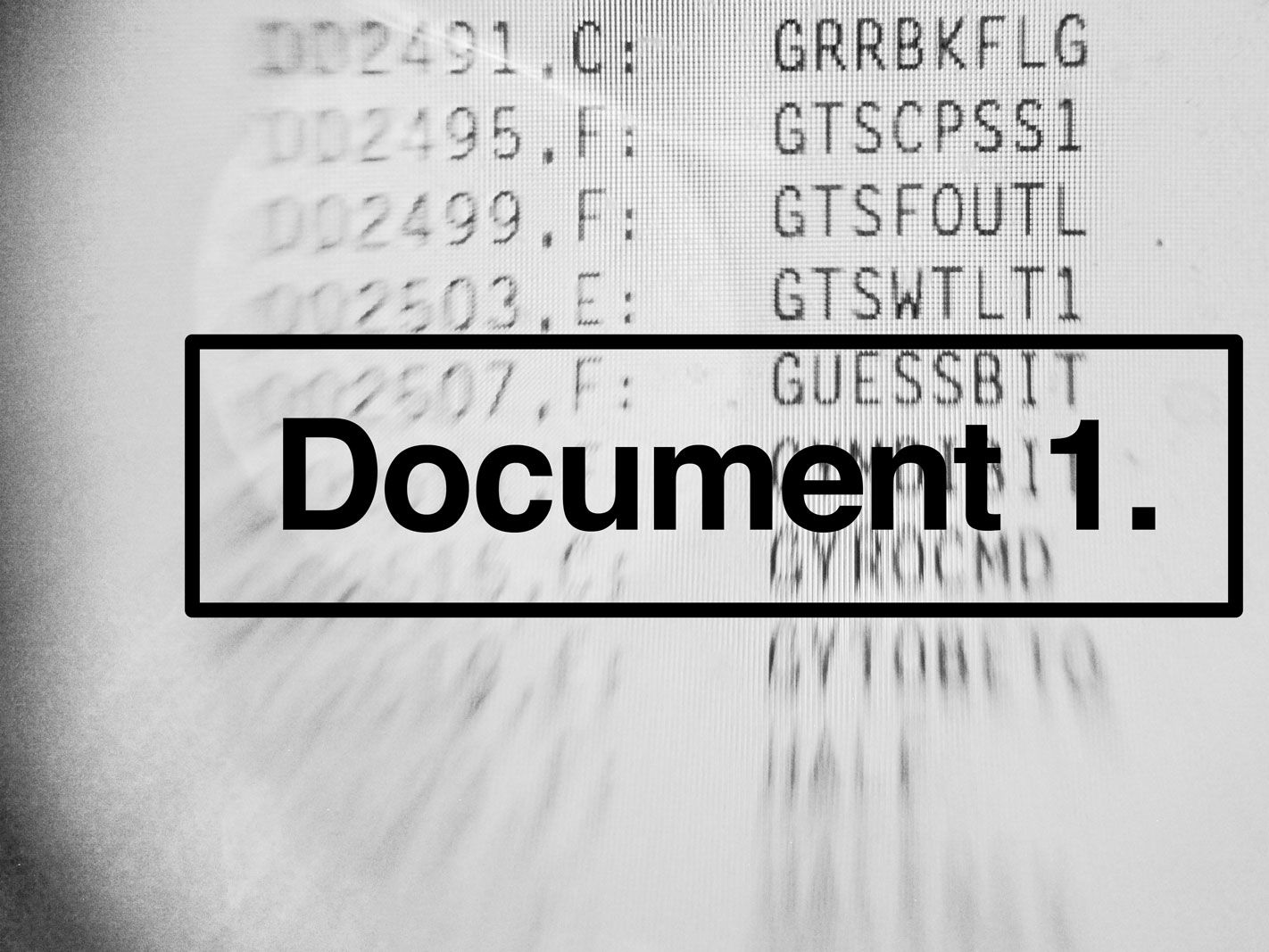As Artificial Intelligence (AI) continues to expand creative and cultural production, UAL Creative Computing Institute invites the public to explore AI and creativity in ‘Machine visions’; a free, public event on 9 October at Camberwell College of Arts, UAL.
'Machine visions' is curated by Anna Ridler, an artist and researcher known for her work around the human elements of technology and the ethics of using datasets, who has been awarded the Creative Computing Institute Annual Fellowship. It is part of the learning programme 'Artificial AI: datasets, ethics and deep learning' which Anna leads at the Creative Computing Institute during October and November 2019.
The event will introduce key ideas around machine learning and creativity, with talks from leading thinkers exploring this growing space from different perspectives: Anna Ridler, machine learning scientist Alexis Graves; curator Anna Holsgrove and theorist Georgia Ward-Dyer.
Coming from an arts and humanities background, Anna is fascinated by questions around the human condition and how we understand our world, that AI and machine learning present.
Machine Visions curator, artist Anna Ridler:
I'm interested in the poetry, and philosophical questions around what it means to be human. AI needs to have a picture of the world, which comes from decisions made by people. It's not the technology, but what it reflects back to us, which is really wonderful.
What to expect
Introductory talks will set the scene, proposing the present capacity for AI-supported creativity as "an important moment in an important time".
The speakers will examine why this potential is exciting for artists and creatives, extending possibilities for art, design, policy, philosophy and beyond.
Later presentations will take a more practical focus, including reflections from the from the recent Barbican exhibition AI: More Than Human; and will consider how human/machine co-generated endeavour fits into the broader artistic landscape.
Who should attend
This event is free and open to all as part of the Creative Computing Institute’s public programme. It will be especially beneficial for students, artists, creatives and those who work with information and data from library and archives disciplines, who work with knowledge and data categorisation and information architecture.
I'd really like to make this an accessible area for everyone, and to show different fields how valuable it is to question and have critical thinking around the creative momentum that AI presents.
Speaker biographies
Anna Ridler
Anna has exhibited at institutions such as the V&A Museum, Ars Electronica, HeK Basel, the Eden Project, Design Museum, Impakt and the Barbican Centre and has degrees from the Royal College of Art, Oxford University and University of the Arts London. She has been nominated for a 2019 design of the year award for her work on datasets and was listed by Artnet as one of nine “pioneering artists” exploring AI’s creative potential. She is interested in working with collections of information, particularly self-generated data sets, to create new and unusual narratives in a variety of mediums, and what happens when things cannot fit into discrete categories. She is currently interested in the intersection of machine learning and nature and what we can learn from history.
Alexis Graves
Alexis a research scientist at DeepMind. His contributions to the field of machine learning include the Connectionist Temporal Classification algorithm for sequence labelling (widely used for commercial speech and handwriting recognition), stochastic gradient variational inference, and the Neural Turing Machine / Differentiable Neural Computer architectures. He will look at creativity — and in particular the formalised creativity of producing art — and the recent ‘generative models’ able to fabricate strikingly realistic images, videos, voices and texts, to ask to what extent the mechanisms underlying such models resemble those of human writers, musicians and artists.
Anna Holsgrove
Anna is a curator who has works with technology and has been involved in several high profile exhibitions across major cultural institutions such as the Barbican and the Design Museum, focusing on the use of technology. She will unpack some of the key themes of the recent show “AI: More Than Human” at the Barbican and discuss some of the major artworks in a little more detail.
Georgia Ward-Dyer
Georgia is an artist and researcher. She studied Philosophy at the University of Cambridge before developing an art practice which focuses on creating conversations about abstract, complex ideas by making them tangible through process-led, multivalent works. She also works with NESTA, The Innovation Foundation, in their research into art and technology.
Artwork: Myriad (Tulips) by Anna Ridler. Image credit Emily Grundon, 2019



